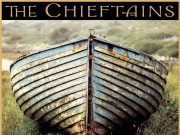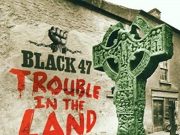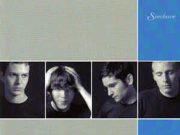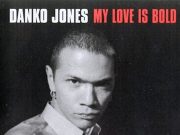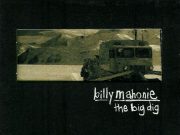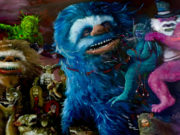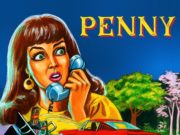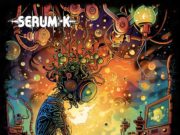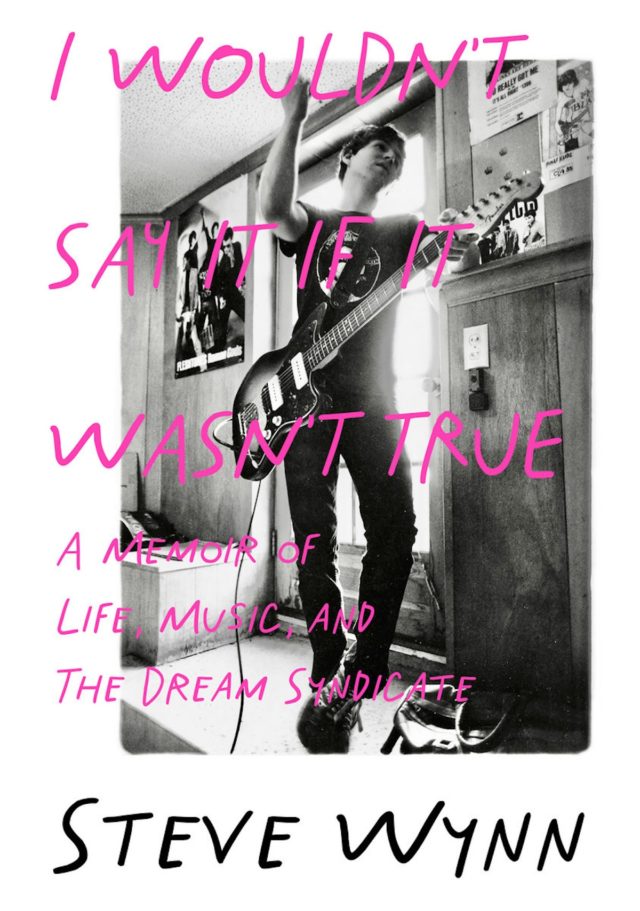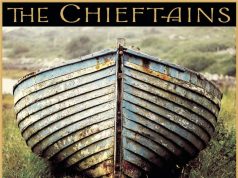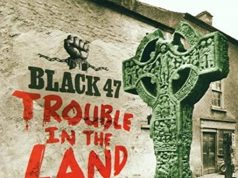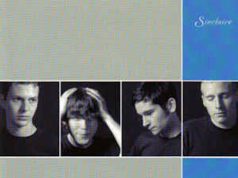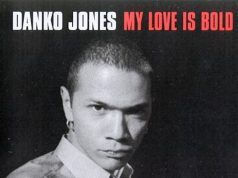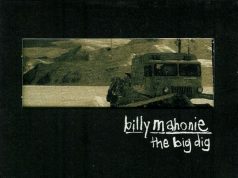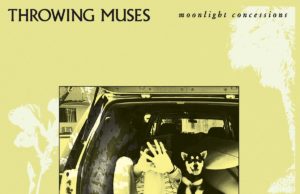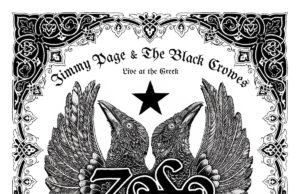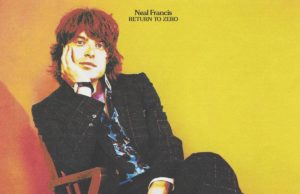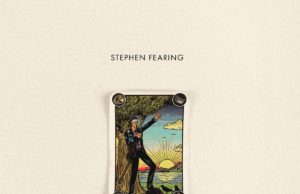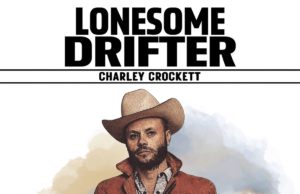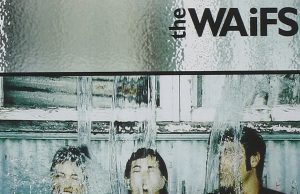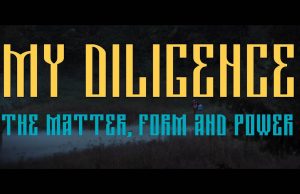I am not one of those people who pledges to read 50 books during the summer or anything. I don’t need that kind of pressure. But if you happen to be one of those folks — and you’re getting down to the end of your to-do list — here are a few last-minute additions to help you across the finish line. Read all about ’em:
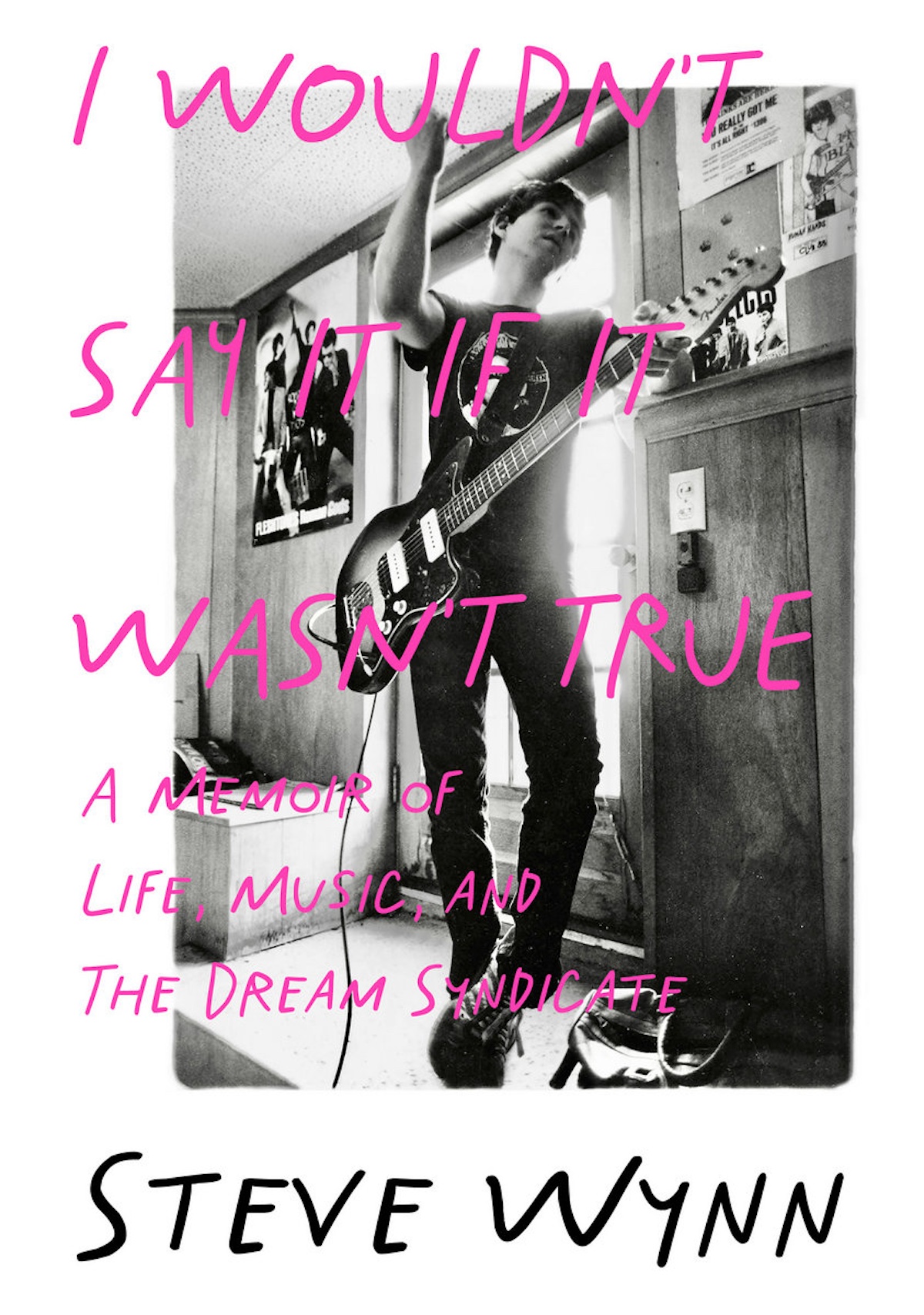 I Wouldn’t Say It If It Wasn’t True
I Wouldn’t Say It If It Wasn’t True
By Steve Wynn
THE EDITED PRESS RELEASE: “Summer 1984 — I’ve got the back lounge of this tour bus all to myself, partly because I’m the lead singer but more likely because it means the rest of the band won’t have to deal with me for the rest of the day,” says Steve Wynn. “Just two years earlier I was flunking out at UCLA, working the day shift in a record store, living out of my father’s basement. Now I’m living the million-to-one reality of touring the country with my band, The Dream Syndicate, opening for up-and-coming rock darlings R.E.M., and making a big-budget sophomore album for A&M Records. I’m also untethered and unbound, drinking a fifth of Jim Beam every day, barely speaking to my best friend and guitarist, and looking for trouble in all the wrong places. How did I get from there to here? And how do I get out? Stick around and find out. I’ll be here, dreaming my dream.” I Wouldn’t Say It If It Wasn’t True is a tale of writing songs and playing in bands as a conduit to a world its author could once have barely imagined — a world of major labels, luxury tour buses, and sold-out theaters, but also one of alcohol, drugs, and a low-level rock ’n’ roll Babylon. Beginning with Wynn’s childhood in California in the ’60s and ’70s, the book builds to a crescendo with the formation of the first incarnation of The Dream Syndicate in 1981 as an antidote to the prepackaged pop music of the era. It charts the highs and lows of the band’s early years at the forefront of the Paisley Underground scene alongside Green On Red, Rain Parade and The Bangles; the seismic impact of their debut album, The Days Of Wine And Roses; the spiraling chaos of the sessions for the followup, Medicine Show; the dissolution of the band’s first lineup and the launch of a second phase of The Dream Syndicate with Out Of The Grey and Ghost Stories; and more, culminating with the release of the landmark live album Live At Raji’s. This is Wynn’s story, but it also features some of the biggest and most colorful characters of the period, offering a detailed field guide to the music business that manages to both glorify and demystify in equal measure. And, ultimately, it’s a tale of redemption, with music as a vehicle for artistic and personal transformation and transcendence.”
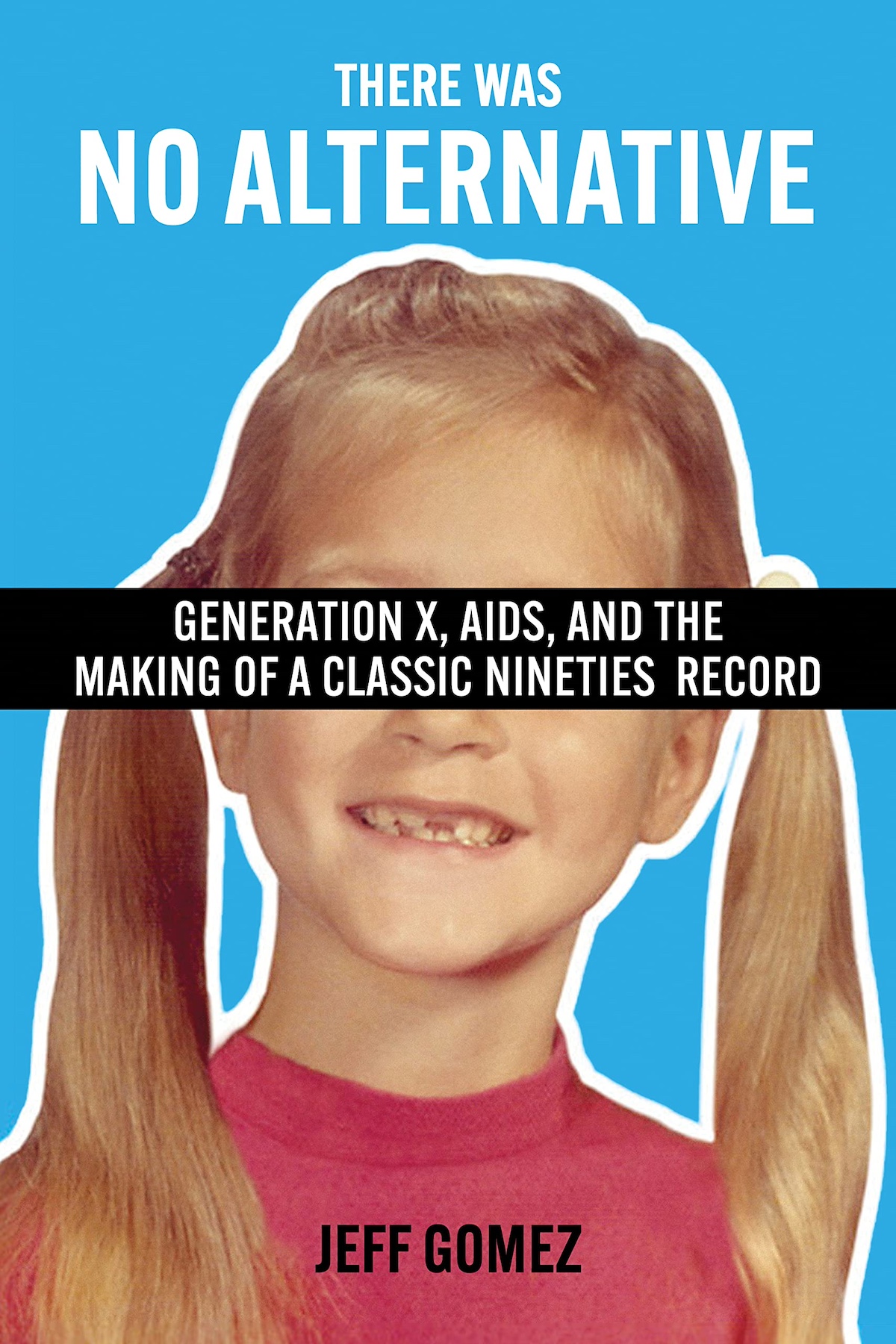 There Was No Alternative: Generation X, AIDS, And The Making Of A Classic Nineties Record
There Was No Alternative: Generation X, AIDS, And The Making Of A Classic Nineties Record
By Jeff Gomez
THE EDITED PRESS RELEASE: “Grunge. Flannel. Generation X. In 1993, Seattle was the capital of the world, Nirvana was king, and slackers were everywhere. When the Red Hot organization, a group of activists dedicated to raising money and awareness of AIDS, released their third compilation CD featuring the biggest bands of the era — Soundgarden, Smashing Pumpkins, Beastie Boys, The Breeders, Nirvana and more. It quickly became the touchstone of a generation. This book takes a look back at what happened to the bands involved with No Alternative. It includes new interviews with the musicians and others behind the record, and chronicles the downfall of an industry, the taming of a devastating illness, and the arrival of another global pandemic. It’s about growing up, saying goodbye, and proving once more that you can’t go home again (even if that’s where you left all of your CDs).”
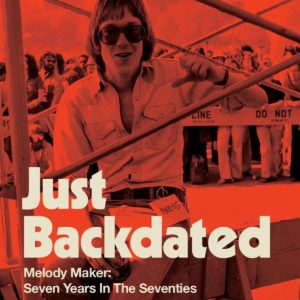 Just Backdated | Melody Maker: Seven Years In The Seventies
Just Backdated | Melody Maker: Seven Years In The Seventies
By Chris Charlesworth
THE EDITED PRESS RELEASE: “Just Backdated | Melody Maker: Seven Years in the Seventies is a memoir by Chris Charlesworth who, between 1970 and 1977, was a staff writer and editor for Melody Maker, the U.K.’s best-selling music weekly in an era when rock stars fell over themselves to appear in its pages. Initially the paper’s news editor, Chris was for four years MM‘s U.S. editor, based in New York, a unique position in music journalism, and in that time regularly rubbed shoulders with rock’s most iconic heroes. John Lennon, Paul McCartney, David Bowie, Rod Stewart, Elton John and dozens more found themselves face to face with Chris. He went on tour in America with The Who, Led Zeppelin, Deep Purple and many others. He was at 27 concerts by the original Who, often backstage or onstage. Somewhere above Colorado he took over the controls of Led Zeppelin’s private plane. He watched a hitless Elton John at a disastrous festival in 1970 and predicted he would become a star. He chased Bob Dylan in New England and ambushed Pink Floyd in Glasgow. He watched Bruce Springsteen in Norfolk, Virginia, and acclaimed his showmanship 18 months before Born To Run was released. He was among the first music writers to write about the nascent CBGB scene in New York, introducing MM readers to Debbie Harry long before she became a household name. His only regret was never seeing Elvis Presley. Just Backdated | Melody Maker: Seven Years in the Seventies tells all these stories and many more. If you wanted to know what it was really like working full-time for a big music paper, the topsy-turvy lifestyle that went with it, and — yes — enjoy a meaty, beaty, big and bouncy dollop of sex, drugs and rock ‘n’ roll, this is the book for you.”
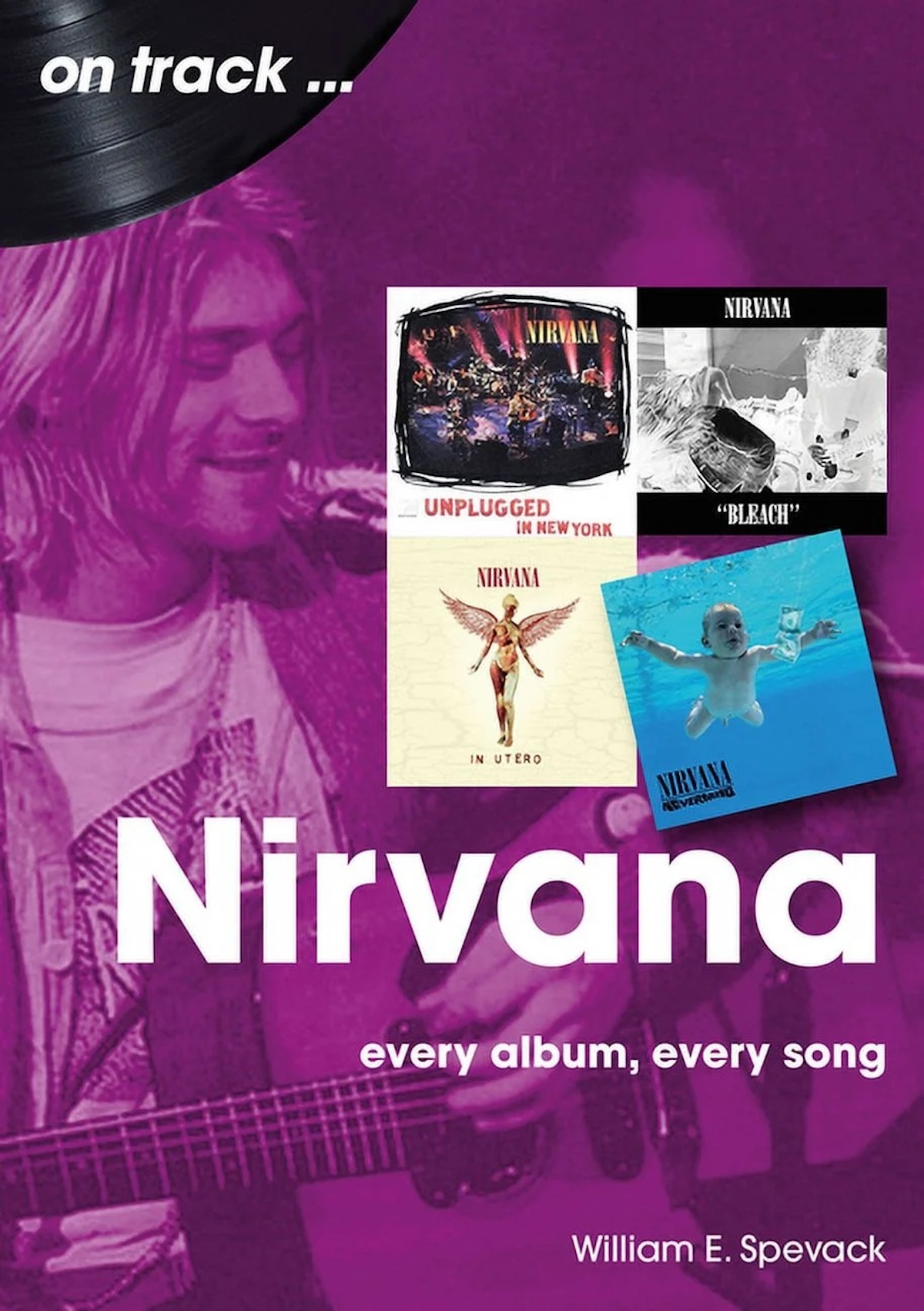 Nirvana: Every Album, Every Song
Nirvana: Every Album, Every Song
By William E. Spevack
THE EDITED PRESS RELEASE: “Despite only being active for less than a decade and releasing just three studio albums during their short tenure, Nirvana’s overwhelming musical and cultural impact on the world cannot be understated. Within such a narrow timespan, the famous trio made themselves synonymous with what came to be known as grunge; a potent mix of melodic punk and heavy metal that evolved in America in the mid-1980s. Combined with the band’s anti-glam, battered image and Kurt Cobain’s lyrical themes of social alienation and world apathy, Nirvana rallied the youth to their beck and call with anthemic, head-banging singalongs and introspective dirges, providing a haven for those feeling lost and abject. Thirty years after the shocking death of Cobain, Nirvana still dominate the musical conversation and their influence continues to be far-reaching. This book aims to justify such a strong legacy with a detailed analysis of every song from Nirvana’s three studio albums, as well as non-album singles, B-sides and any other outliers. In addition, tracks from live and compilation albums will be considered in this appraisal of a band that managed to showcase so much in such little time. They only reveal more as the years go by — as this assessment will prove.”
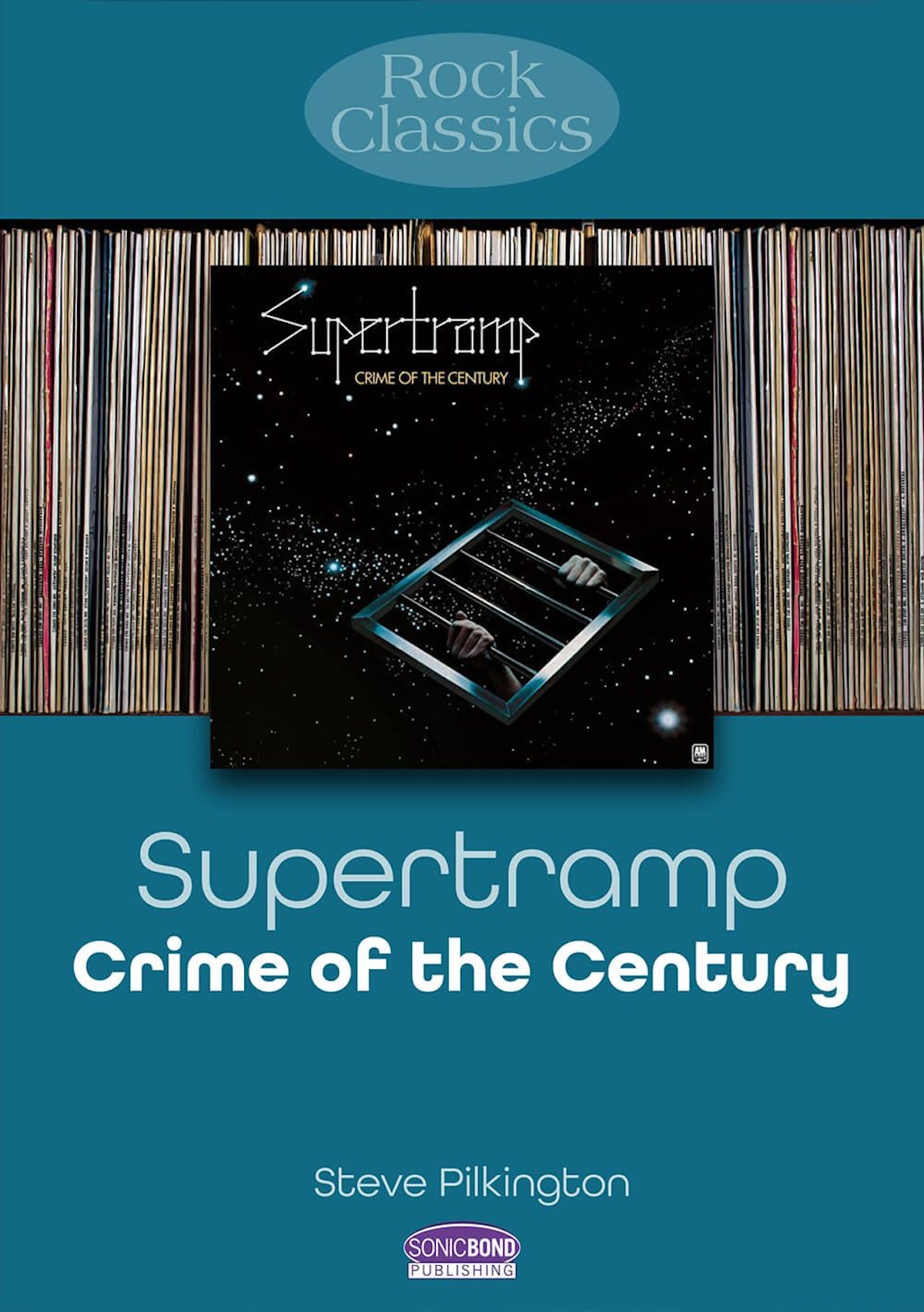 Supertramp | Crime Of The Century: Rock Classics
Supertramp | Crime Of The Century: Rock Classics
By Steve Pilkington
THE EDITED PRESS RELEASE: “Supertramp released Crime Of The Century in 1974. Up to that point, the band had released two albums which searched for a direction almost as much as Supertramp themselves searched for a stable lineup. So few copies were sold as to leave the band almost entirely unknown by the time 1973 came along, when everything changed. Like some serendipitous alchemy, the perfect five-piece lineup coalesced around the creative hub of Roger Hodgson and Rick Davies, and there was a tangible belief and confidence which had simply not been present before. They took time away from playing live and meticulously crafted the Crime Of The Century album, which immediately put them into theatres and into the charts. This book examines the making of the album, and looks into the music and lyrical content with some depth. It also looks at the wider story of the band as it revolves around this crucial point in 1974, and the lasting legacy of the masterpiece which was Crime Of The Century.”
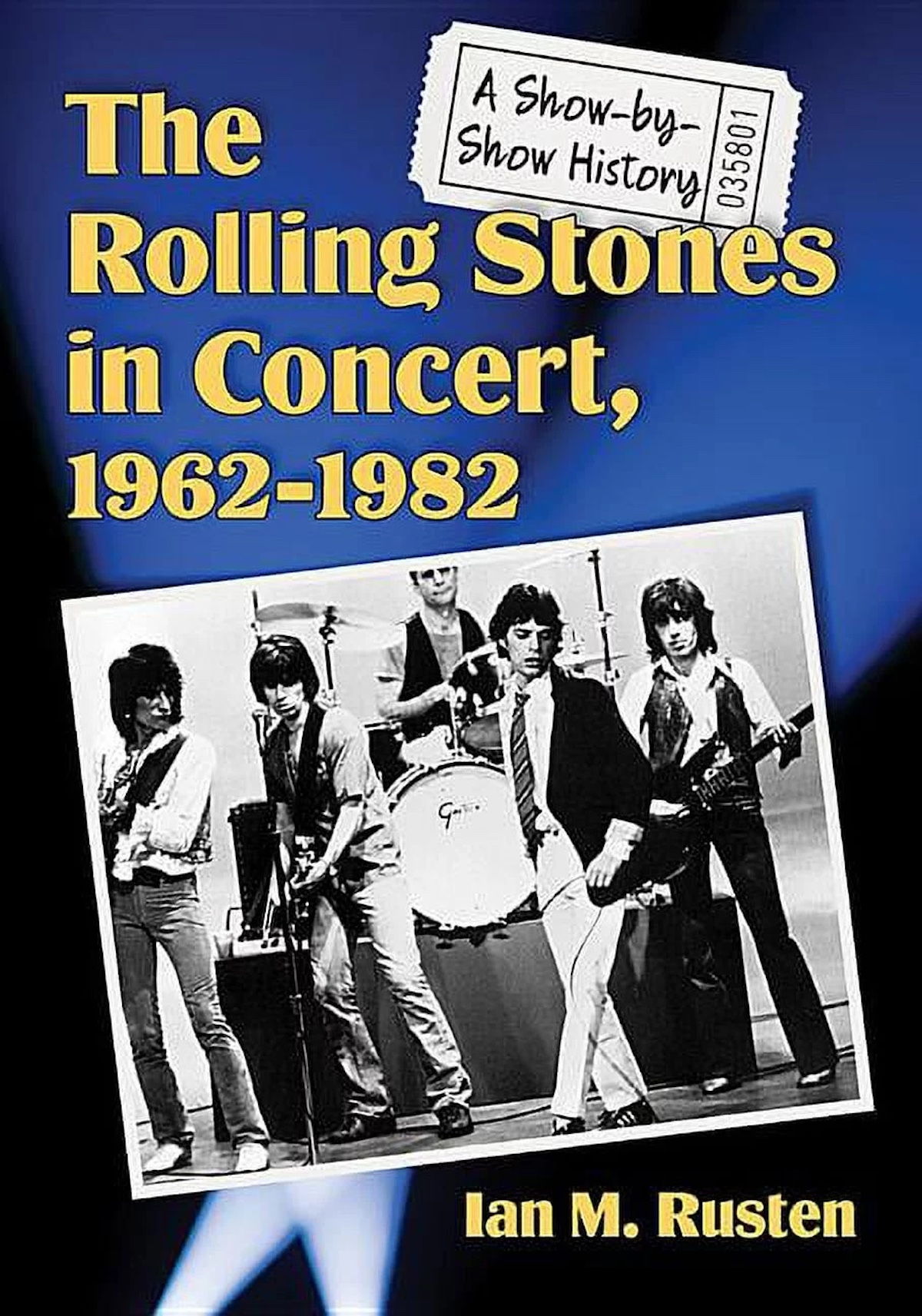 The Rolling Stones In Concert, 1962-1982: A Show-by-Show History
The Rolling Stones In Concert, 1962-1982: A Show-by-Show History
By Ian M. Rusten
THE EDITED PRESS RELEASE: “This day-by-day chronicle of every live concert by The Rolling Stones from 1962 through 1982 traces their development from a band playing small clubs around London to the global phenomenon we know today. Comprehensive coverage of the shows includes set lists, venues, concert reviews, anecdotes and notable events in the lives of the band members. A list of the Stones’ radio recordings — some of which were performed before live audiences — and television performances is included, along with never-before-published posters, programs, tickets, handbills and photographs.”
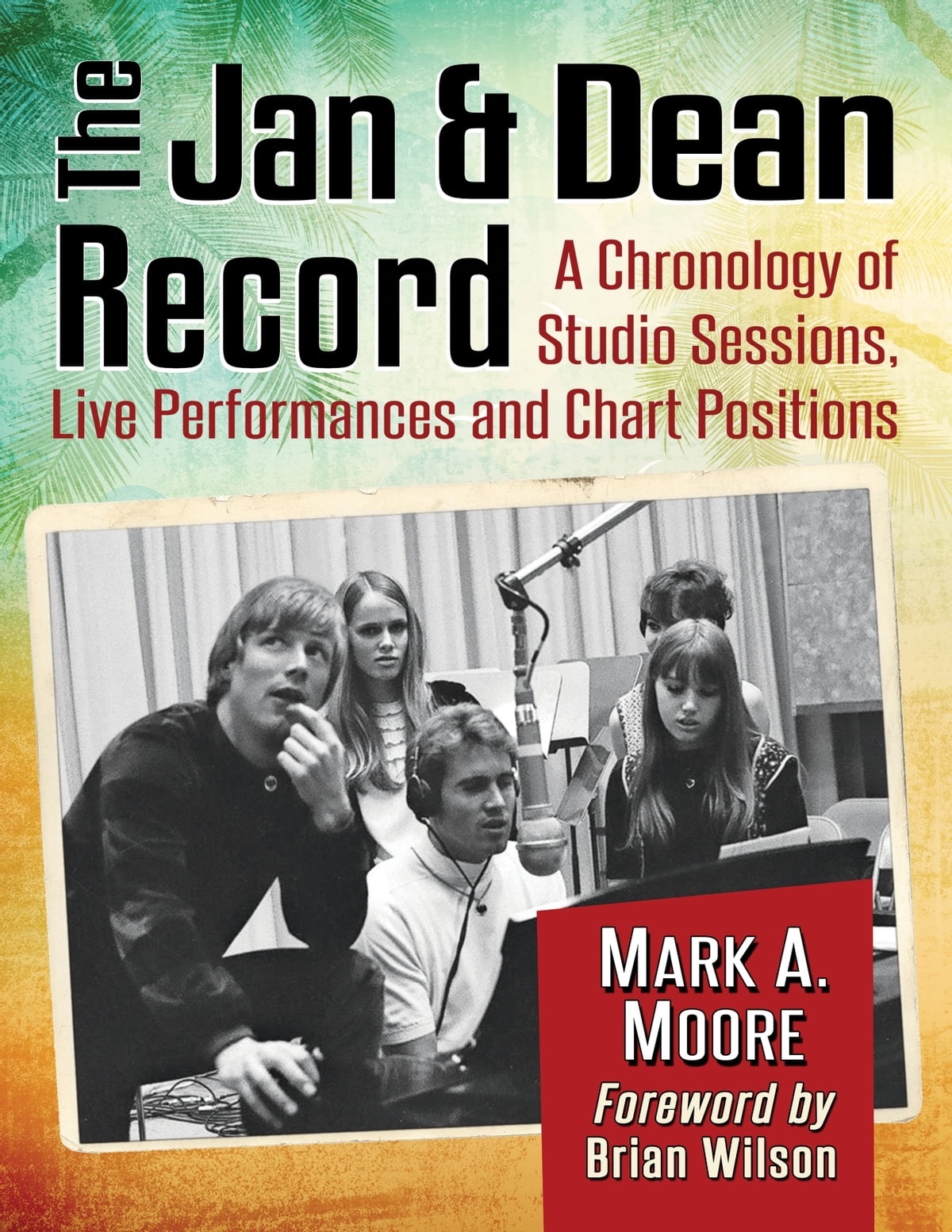 The Jan & Dean Record: A Chronology of Studio Sessions, Live Performances and Chart Positions
The Jan & Dean Record: A Chronology of Studio Sessions, Live Performances and Chart Positions
By Mark A. Moore
THE EDITED PRESS RELEASE: “Jan & Dean were among the most successful artists of the late 1950s through the mid-1960s, with hits including Baby Talk, Surf City, Dead Man’s Curve and The Little Old Lady (From Pasadena). Slapstick humor and offbeat personas were a big part of their shtick, but Jan Berry was serious when it came to the studio. This book chronicles Jan’s career as a songwriter and arranger — and his tenure as producer for Jan & Dean and other acts — with day-by-day entries detailing recording sessions, single and album releases, concerts and appearances, film and television projects, behind-the-scenes business and legal matters, chart positions and more. Extensive commentary from Berry’s family, friends and colleagues is included. Studio invoices, contract details, tape box notes, copyright information and other particulars shed light on how music was made in the Hollywood studio system of the 1960s.”
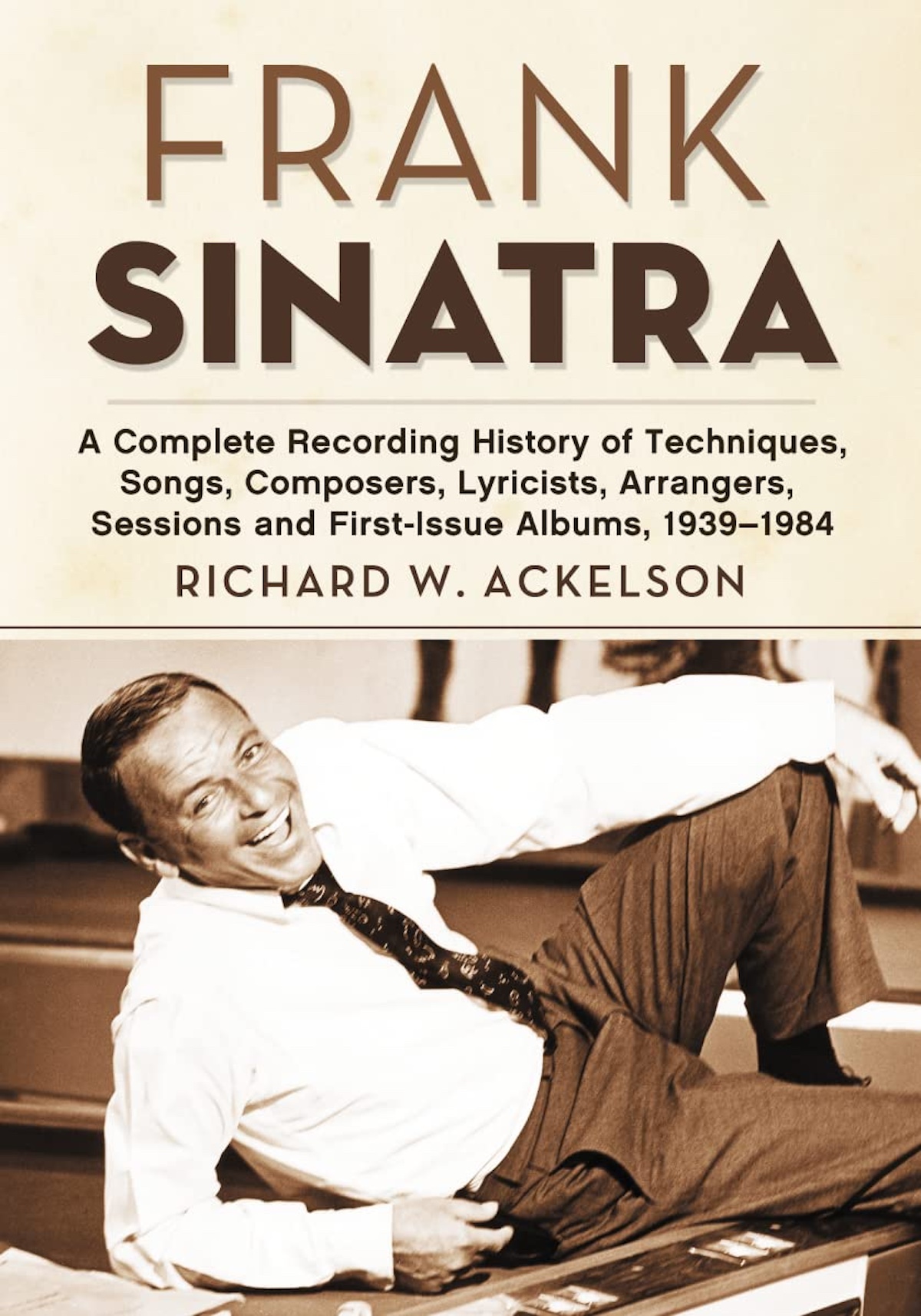 Frank Sinatra: A Complete Recording History of Techniques, Songs, Composers, Lyricists, Arrangers, Sessions and First-Issue Albums, 1939-1984
Frank Sinatra: A Complete Recording History of Techniques, Songs, Composers, Lyricists, Arrangers, Sessions and First-Issue Albums, 1939-1984
By Richard W Ackelson
THE EDITED PRESS RELEASE: “Frank Sinatra’s 45-year recording career and the songs he recorded: his professional biography as a recording artist; the evolution of his vocal technique and performance style; sources and variety of songs recorded; his 12 most-recorded composers and lyricists (20 others are discussed briefly); his interaction with his six major sources of orchestration; his recording sessions; a review of all albums referenced; and the technical and commercial side of his career. Supporting the research are a master song list (approximately 1,250 recordings), songs by publication date, composer and lyricist indexes, every arrangers work (listing each conductor and orchestra), a detailed list of recording sessions — in order — plus radio, television and film work, and three album lists, showing contents, order of first releases, label sequence and producers.”
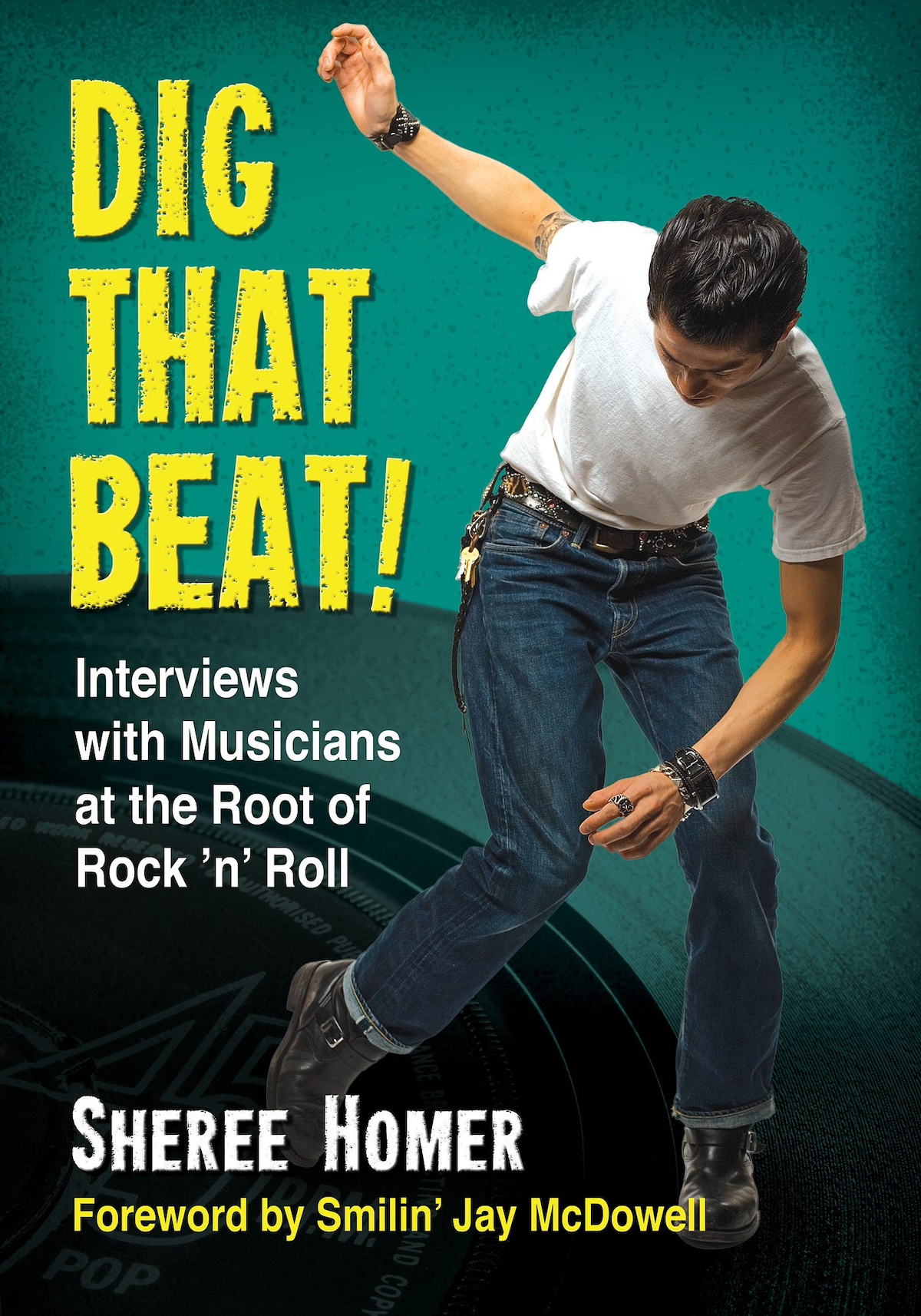 Dig That Beat!: Interviews With Musicians At The Root Of Rock ‘n’ Roll
Dig That Beat!: Interviews With Musicians At The Root Of Rock ‘n’ Roll
By Sheree Homer
THE EDITED PRESS RELEASE: “Disc jockey Alan Freed coined the term rock ’n’ roll in the 1950s. Rooted in rockabilly, rhythm and blues, country and western, gospel, and pop, the genre was popularized by performers like Elvis Presley, Bill Haley, Chuck Berry and Jerry Lee Lewis. Rock ’n’ roll’s originators and revivalists continue to entertain crowds at roots music festivals worldwide. This book presents stories about performers’ lives on the road and in the studio, along with the stories behind popular songs. Informative biographical profiles are provided. Artists sharing their experiences include Dale Hawkins, Big Jay McNeely, Ace Cannon, Sleepy LaBeef, Billy Swan, Robin Luke, Rosie Flores and James Intveld. Conway Twitty, Buck Owens and Janis Martin are also featured.”
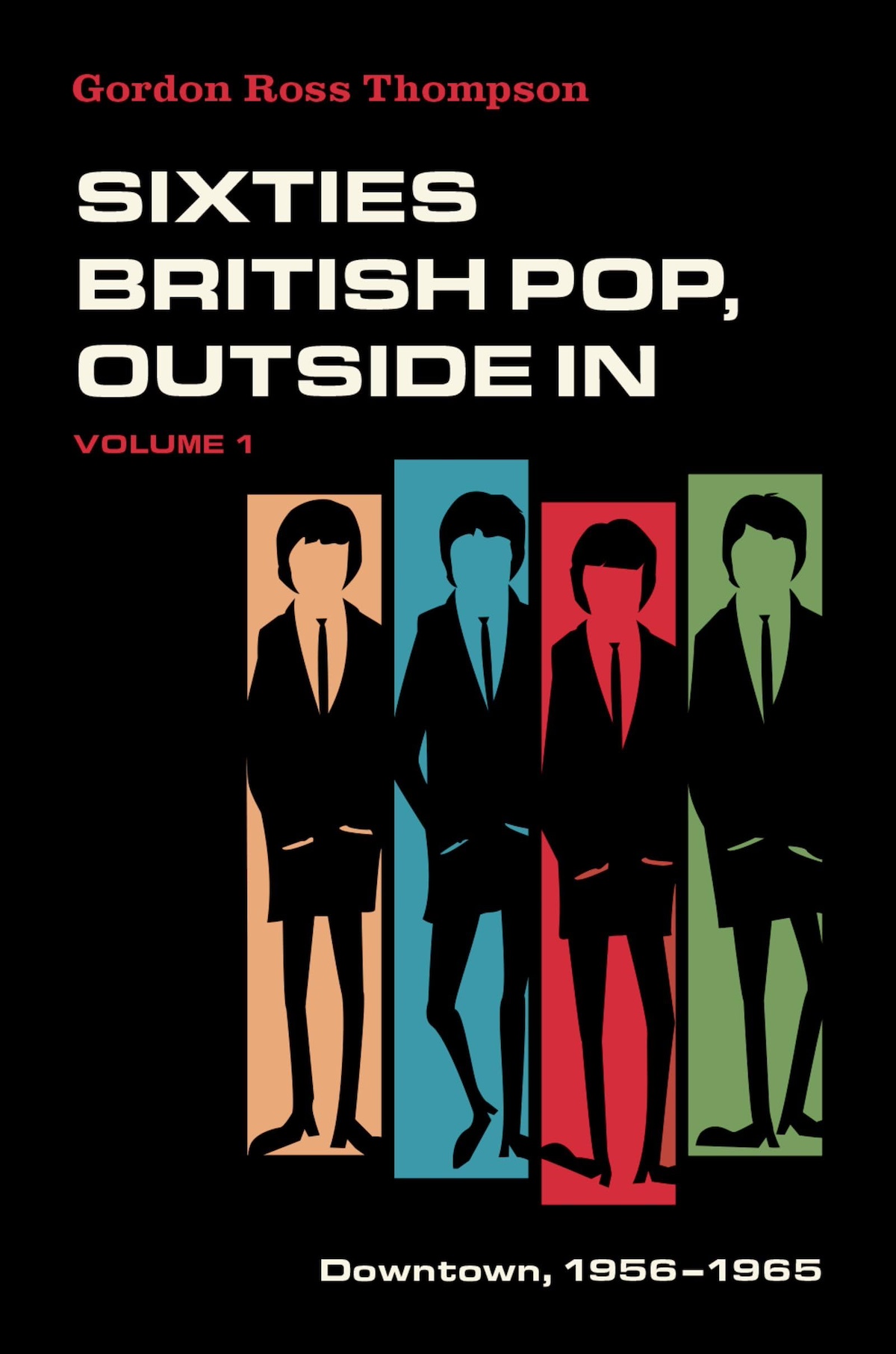 Sixties British Pop, Outside In Vol. 1: Downtown, 1956-1965
Sixties British Pop, Outside In Vol. 1: Downtown, 1956-1965
By Gordon Ross Thompson
THE EDITED PRESS RELEASE: “Downtown, 1956-1965 — the first volume of Sixties British Pop, Outside In — describes the rise of London’s music and recording cultures through the stories of those who empowered Britain’s youth to be young. As the generations born in the postwar world entered adolescence and demanded a say in their lives, British musicians responded by creating music reflecting youth’s quest for love and recognition. With waves of technological innovation sweeping through a world where political and economic superpowers postured for domination, deep-seated English values helped shape both pop music and its audiences. The music that reverberated in hundreds of local clubs and halls began as fervent attempts to imitate an ongoing American cultural invasion that television helped bring into front rooms across Britain. The emergence of British blues and rock ‘n’ roll began when broadcasters allowed teens to discover Tommy Steele, Cliff Richard And The Shadows, Adam Faith, Helen Shapiro and others. These pioneers provided an opening for The Beatles to lead a northwest invasion of an unsuspecting London. Soon, from across the nation, The Rolling Stones, The Animals, The Kinks — and a host of other artists such as Petula Clark, Tom Jones and Donovan — were feeding their music into the same media stream that the U,S, had dominated.”
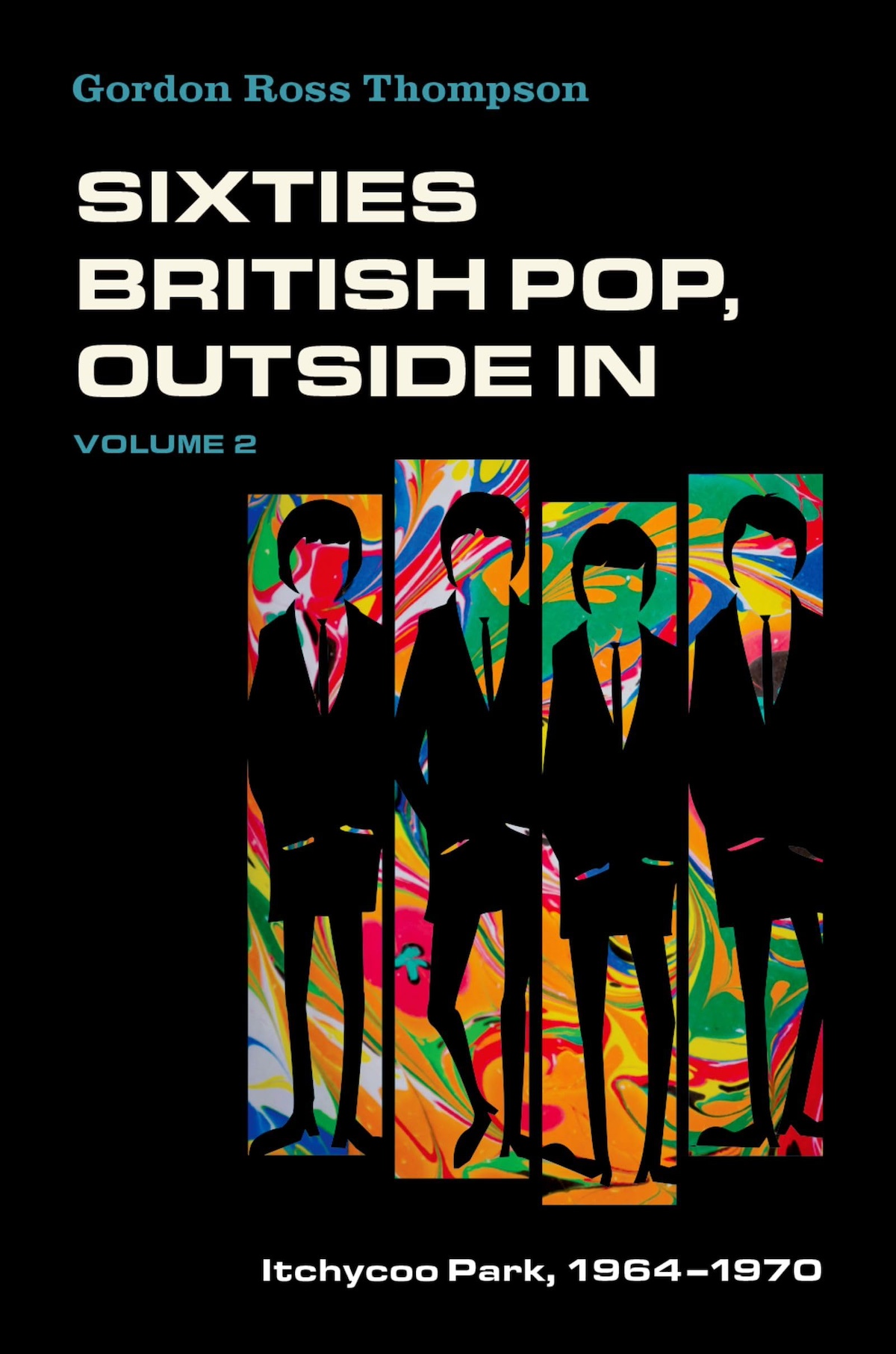 Sixties British Pop, Outside In Vol. 2: Itchycoo Park, 1964-1970
Sixties British Pop, Outside In Vol. 2: Itchycoo Park, 1964-1970
By Gordon Ross Thompson
THE EDITED PRESS RELEASE: “Itchycoo Park, 1964-1970 — the second volume of Sixties British Pop, Outside In — explores how London songwriters, musicians, and production crews navigated the era’s cultural upheavals by reimagining the pop-music envelope. Mainstream pop remained true to the basics, but some British artists conjured up sophisticated hybrid forms by recombining elements of jazz, folk, blues, Indian ragas, and western classical music while others returned to the raw essentials. Encouraging these experiments, youth culture’s economic power challenged the authority of their parents’ generation. Improved amplification opened larger and more lucrative concert venues while the spread of studios with enhanced technologies allowed artists and production crews the means to improve performances and recordings. British charts began to reflect London’s postcolonial heritage as groups such as The Beatles, The Rolling Stones, The Kinks and The Who all listened for ideas and sounds that would distinguish their recordings. On stage, The Yardbirds, Cream, Led Zeppelin, The Nice, and others led by instrumental virtuosi developed British versions of American blues and R&B — while The Moody Blues, Pink Floyd and King Crimson painted imaginary worlds. And, although Engelbert Humperdinck and other men lamented independent women, Dusty Springfield, Sandie Shaw and Lulu used their cultural capital to question systemic sexism.”
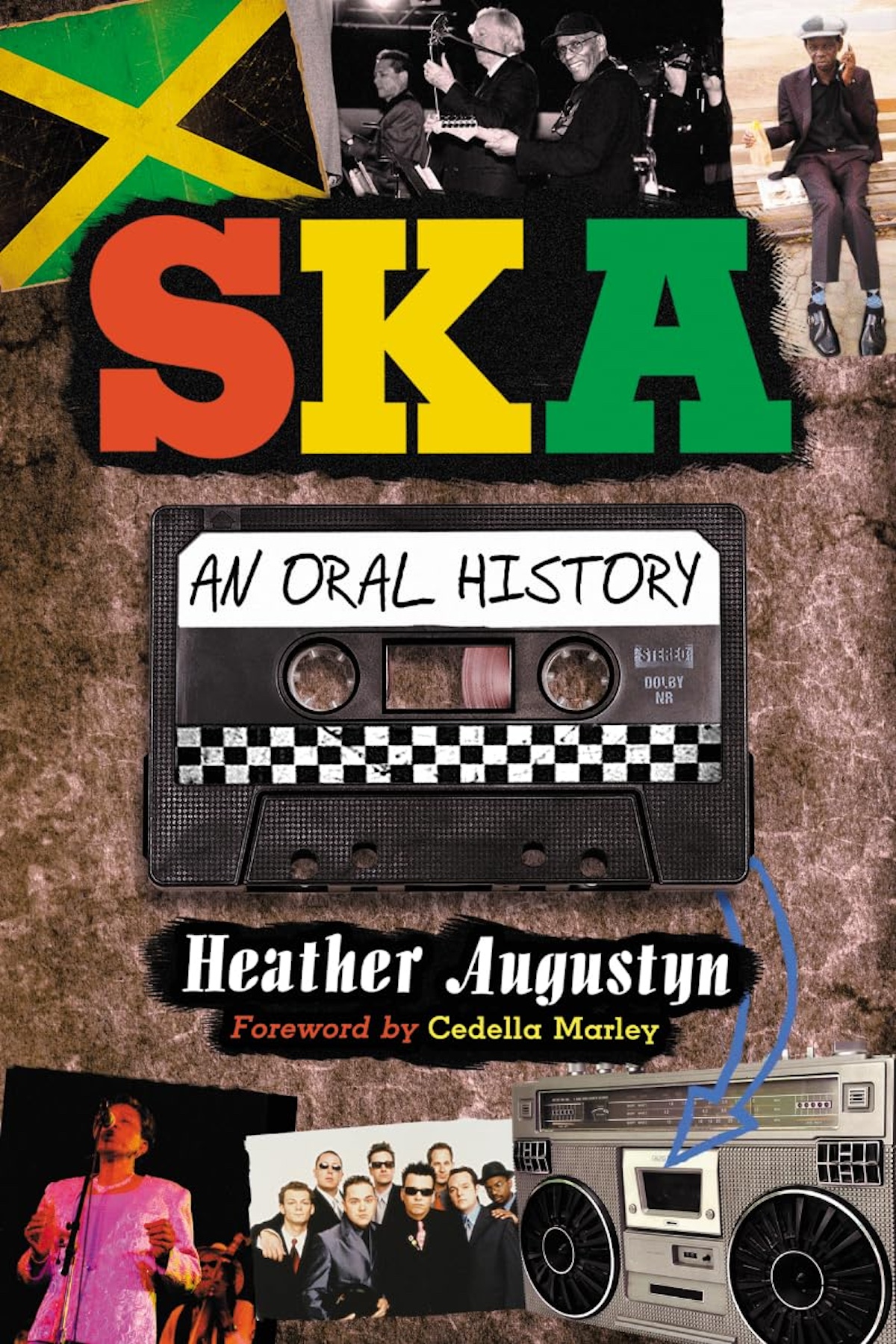 Ska: An Oral History
Ska: An Oral History
By Heather Augustyn
THE EDITED PRESS RELEASE: “Before Bob Marley brought reggae to the world, before Jimmy Cliff and Peter Tosh, before thousands of musicians played a Jamaican rhythm, there were the men and women who created ska music, a blend of jazz, American rhythm and blues, and the indigenous music of the Caribbean. This book tells the story of ska music and its development from Jamaica to England, where the music took on a distinctively different tone, and finally to the rest of the world. Through the words of legendary artists, gleaned from more than a decade of interviews, the story of ska music is finally told by those who were there.”
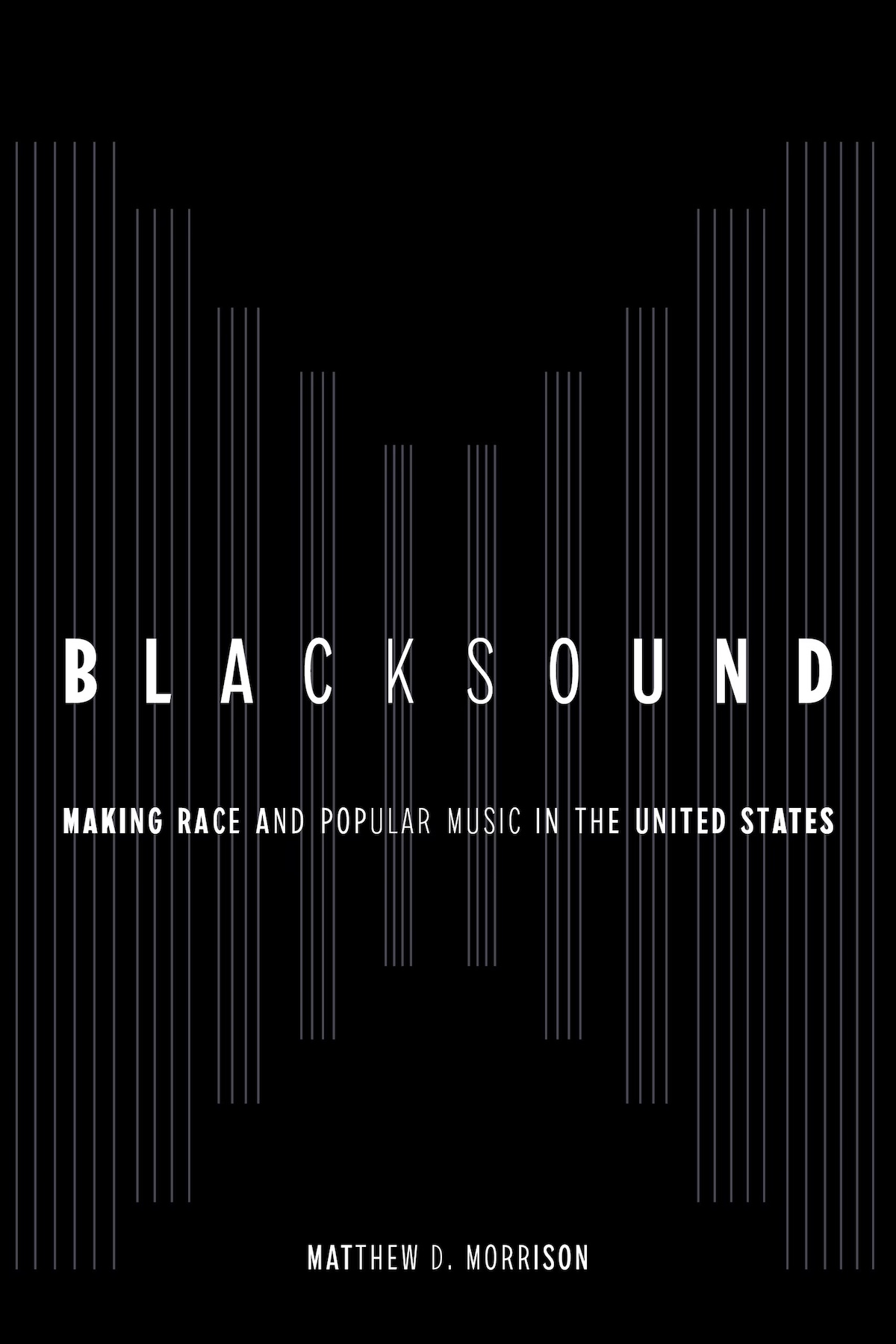 Blacksound: Making Race And Popular Music In The United States
Blacksound: Making Race And Popular Music In The United States
By Matthew D. Morrison
THE EDITED PRESS RELEASE: “Blacksound explores the sonic history of blackface minstrelsy and the racial foundations of American musical culture from the early 1800s through the turn of the twentieth century. With this namesake book, Matthew D. Morrison develops the concept of Blacksound to uncover how the popular music industry and popular entertainment in general in the United States arose out of slavery and blackface. Blacksound as an idea is not the music or sounds produced by Black Americans but instead the material and fleeting remnants of their sounds and performances that have been co-opted and amalgamated into popular music. Morrison unpacks the relationship between performance, racial identity, and intellectual property to reveal how blackface minstrelsy scripts became absorbed into commercial entertainment through an unequal system of intellectual property and copyright laws. By introducing this foundational new concept in musicology, Blacksound highlights what is politically at stake — for creators and audiences alike — in revisiting the long history of American popular music.”
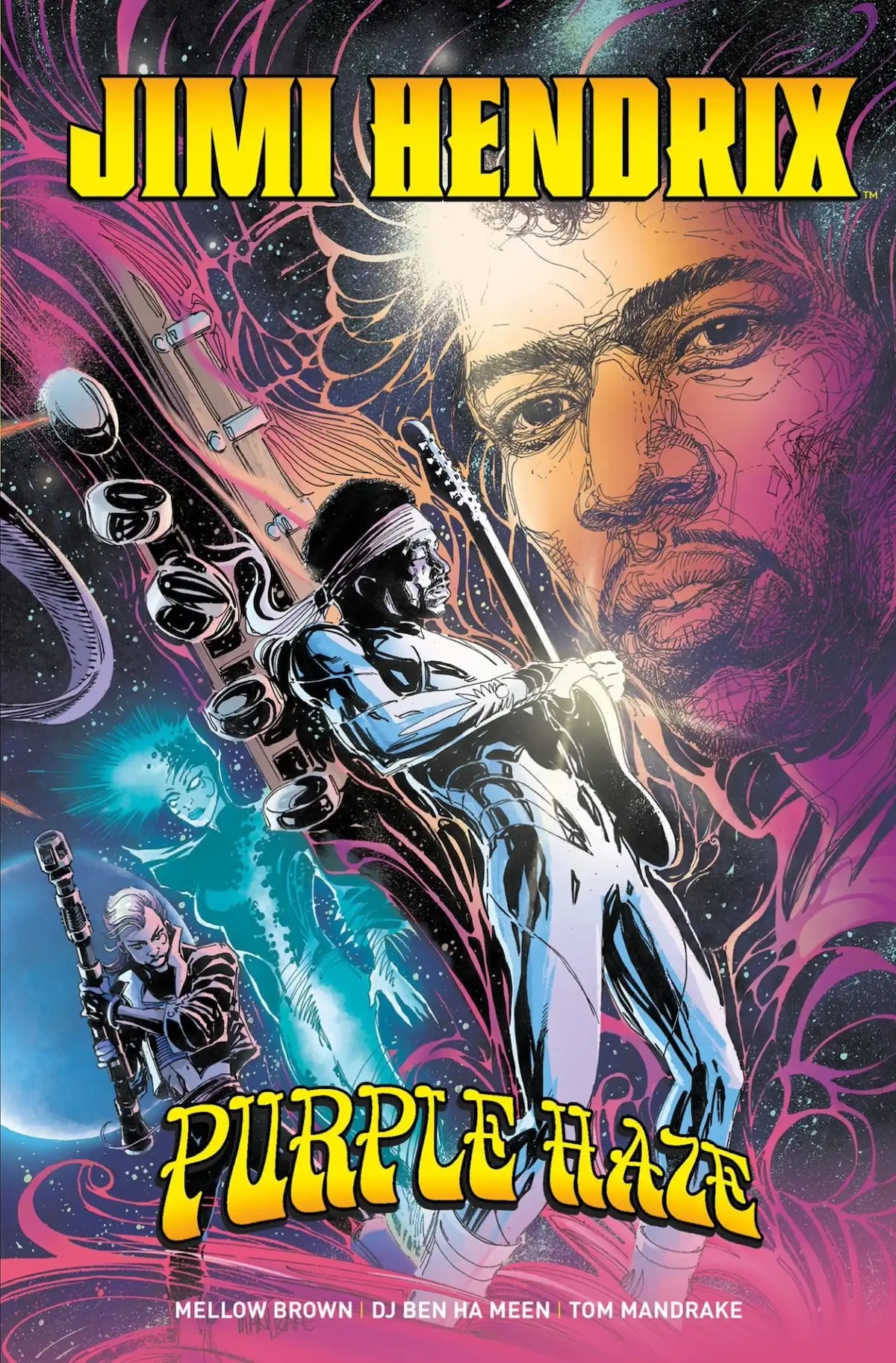 Jimi Hendrix: Purple Haze
Jimi Hendrix: Purple Haze
By Mellow Brown, DJ Ben Ha Meen & Tom Mandrake
THE EDITED PRESS RELEASE: “This is a pure rock ’n’ roll space opera featuring the legendary Jimi Hendrix as you’ve never seen him before. Fully sanctioned by Experience Hendrix and Authentic Hendrix, this is the first ever full-length graphic novel inspired by the music of the legendary Jimi — arguably the world’s greatest guitarist. This 21st-century psychedelic rock ’n’ roll odyssey sees Hendrix embark on a quest to the very centre of the universe in search of a magical talisman powerful enough to unlock the incredible latent power of his music so that he can share it with a universe starved of the rock ’n’ roll by a tyrannical intergalactic force hellbent on silencing all music from the universe and enslaving all life.”
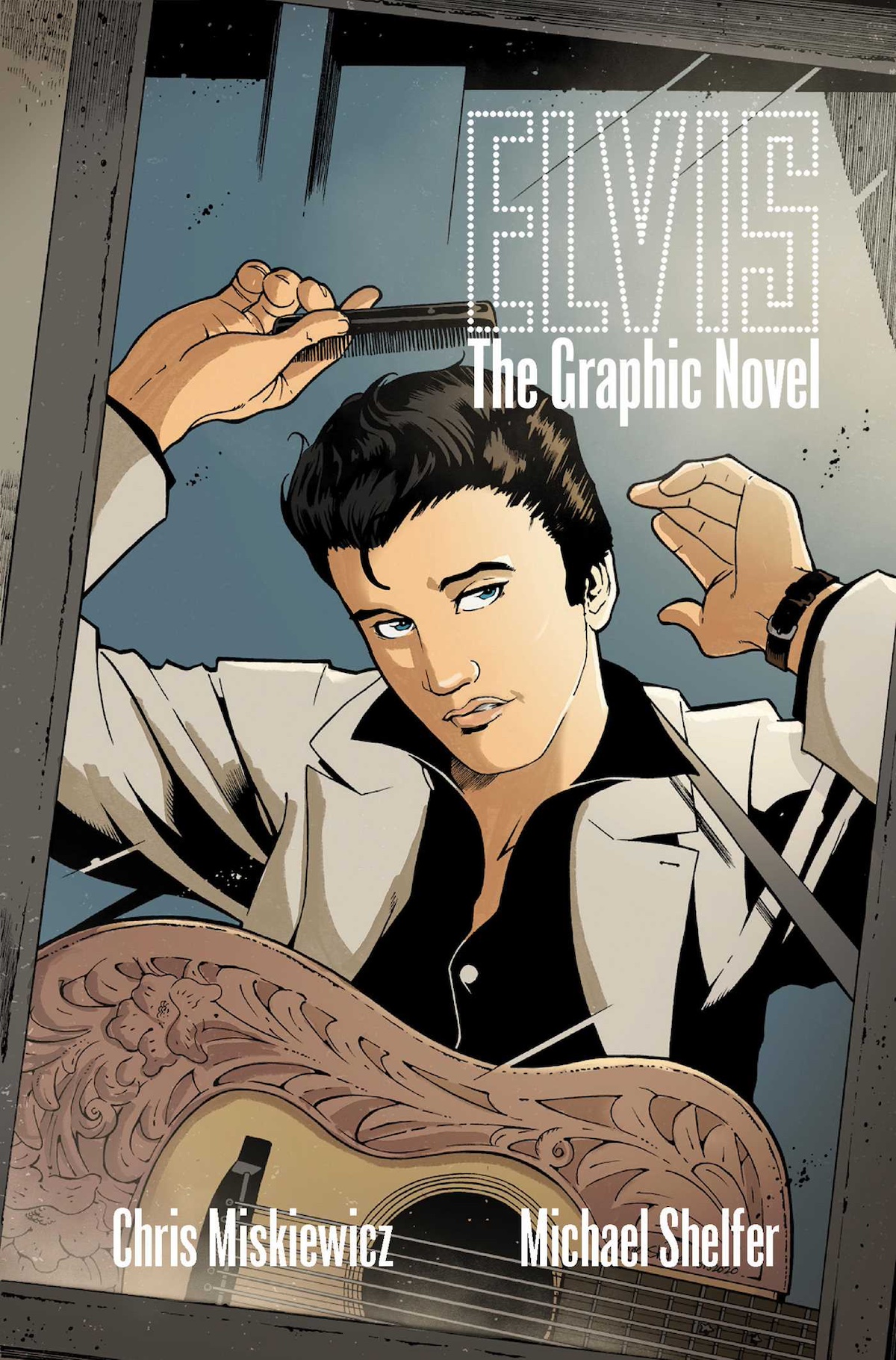 Elvis: The Official Graphic Novel
Elvis: The Official Graphic Novel
By Chris Miskiewicz & Michael Shelfer
THE EDITED PRESS RELEASE: “Witness The King of Rock ‘n’ Roll’s humble beginnings in Memphis as a young artist struggling to define his voice and break into the music industry. From the history-making Sun Studio to television sets across the nation, the trials and tribulations of Elvis Aaron Presley are explored in graphic detail by authors Chris Miskiewicz (Grateful Dead: Origins) and Marvel Comics artist Michael Shelfer.”


